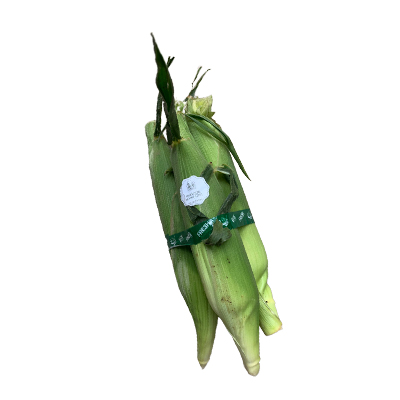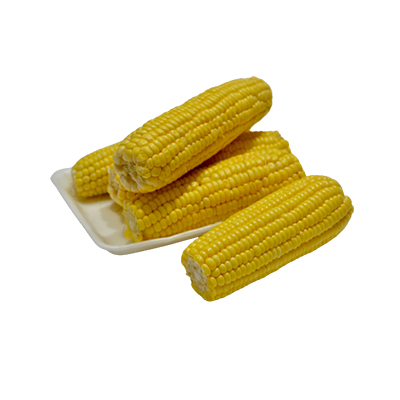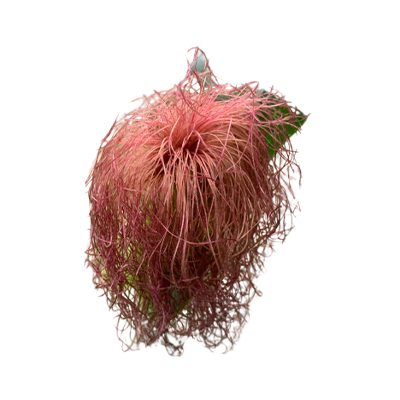Corn
Zea mays L.
Poaceae
Location in our garden
Vegetable
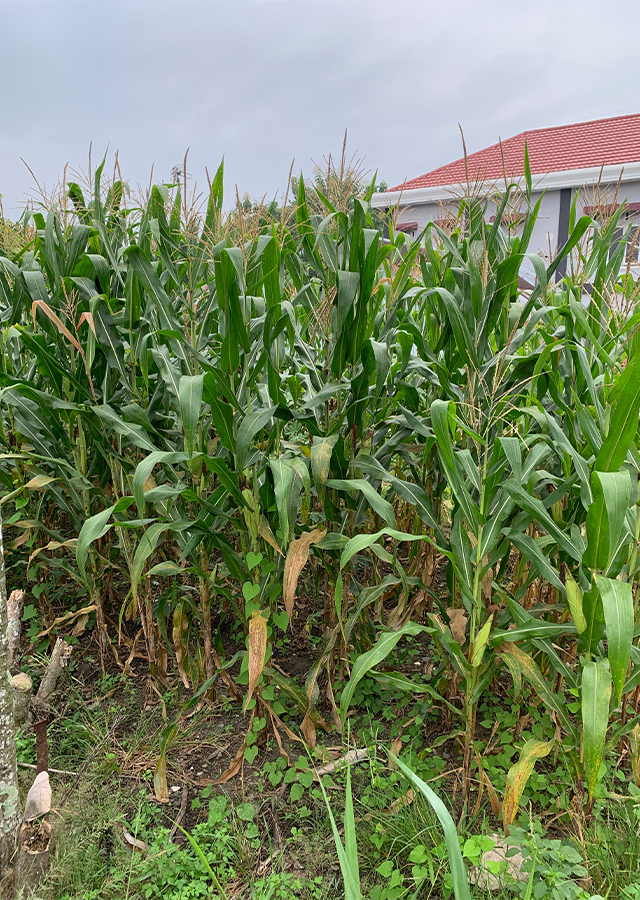
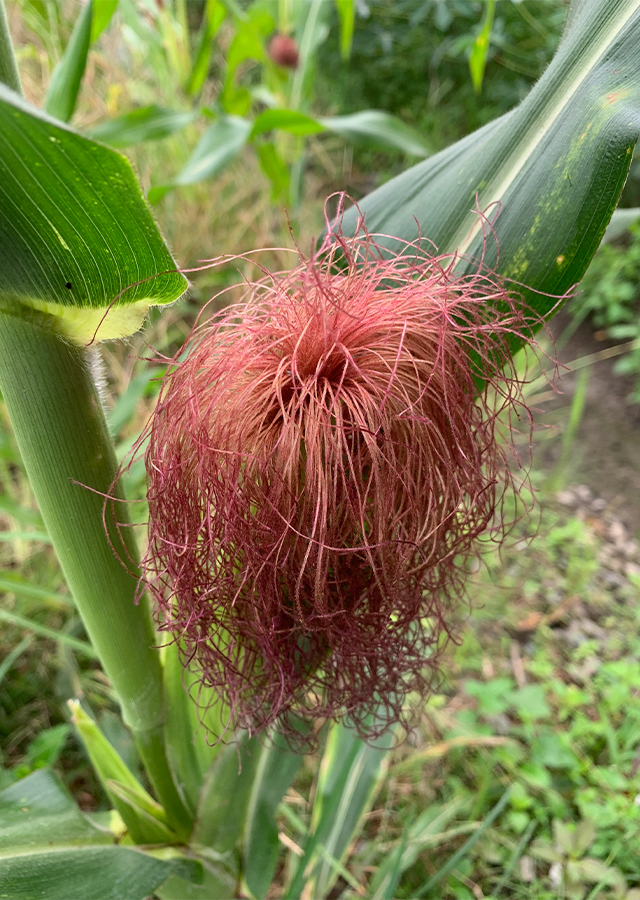

Synonym
Mays americana Baumg.
Mays zea Gaertn.
Mayzea cerealis Raf.
Habitus
Herbaceous. An annual grass, herbaceous, reaching 3 m tall
Part Used
Leaves
Fruit
Roots
Growing Requirements
Full Sunshine
Habitat
Terrestrial
Overview
Original habitat is obscure, probably S. America or Mexico. Corn or maize was disseminated around the world after the European discovery of the Americas in the fifteenth century. It is now cultivated globally, providing a range of foods including popcorn, sweetcorn and a grain that can be ground into a flour.
Vernacular Names
Dhurah (Arabic), Milho (Brazilian), Korrelmaïs (Dutch), Sok mai (Chinese), Blé D’egypte (French), Fiirudo koon (Japanese), Somo-Katsaka (Madagascar), Ansam (Negeria), Majs (Swedish), Khaophot (Thai), Cukrova Kukurudza (Ukrainian).
Agroecology
Plants grow well in lowland tropical areas and can succeed at elevations up to 2,000 m. They grow better in climates where the average rainfall is in the region of 800-1,200 mm per annum, best temperature of 20-24 °C. Grows best in a sunny position. Prefers a pH in the range 5.5 to 6.8. Succeeds in a wide variety of soils, but well-drained, humus-rich, deep soils containing adequate organic matter and well supplied with nutrients, medium loams are generally preferable. In the tropics oxisols, ultisols, alfisols and inceptisols are most suitable for maize production.
Morphology
- Stem - a single erect stem made up of nodes and internodes.
- Leaves - broadly linear 50–10 cm long by 3–7 cm wide arranged distichously, with leaf sheath surrounding the stem.
- Flowers - monoecious, male flowers in terminal open, branched panicle, (tassel), female inflorescence consist of sessile spikelets densely arranged in many vertical rows on a fleshy cylindrical axis (cob).
- Fruits - a caryopsis, a dry indehiscent single seeded fruit. The pericarp (ovary wall) and testa (seed coat) are fused to form the fruit wall.
- Seeds - kernel composed of three main parts the embryo, endosperm and fruit wall. Each ear contains 200–400 kernels which can be variously coloured blackish, bluish-grey, purple, green, red, white and yellow.
Cultivation
Propagated by seed - sow in situ. A soil temperature in the range 16-32 °C usually gives satisfactory germination, though many cultivars germinate better at 30-32 °C. Germination usually takes place within 4-6 days.
Chemical Constituents
Phenolic, flavonoids, β-caroten, lutein, saponins, sesquiterpen, steroids, volatil oils, phlobatannins, alkaloids, terpenoids.
Traditional Medicinal Uses
Medicinal Uses
- The corn silks are cholagogue, demulcent, diuretic, lithontripic, antilithiasic, uricosuric, antiseptic, mildly stimulant and vasodilator. They act to reduce blood sugar levels and are used in the treatment of diabetes mellitus as well as cystitis, gonorrhoea, gout, kidney stones, treating measles nephritis, and prostatitis.
Traditional Uses
- Whole plant is a good emollient poultice and is used for ulcers, wounds sore, swelling and rheumatic pains, dysuria, bladder complaints, and bedwetting.
- The leaves used to treat intestinal schistosomiasis in Mali.
- A decoction of corn flowers and salt is used as a mouth wash for tooth-ache.
- Seeds are used to be diuretic and a mild stimulant. Kernel and silk is used for management of diabetes mellitus, diarrhoea, dysentery and liver disorders, skin diseases.
- A decoction of the leaves and roots is used in the treatment of strangury, dysuria and gravel.
- The seeds are good emollient poultice for ulcers, swellings and rheumatic pains and is widely used in the treatment of cancer, tumours and warts.
Part Used
Reference Sources
- Chevallier, A. (2016). Encyclopedia of Herbal Medicine. DK Publishing, New York. Page 154.
- Fern, Ken (2014). Useful Tropical Plants Database. Zea mays. http://tropical.theferns.info/viewtropical.php?id=Zea%20mays. 02-02-2021.
- Health Benefits Times Database. (No date). Corn – Zea mays. https://www.healthbenefitstimes.com/corn/. 02-02-2021.
- Lim, T.K. (2016). Edible Medicinal and Non-Medicinal Plants. New York. Springer Vol. 5 page 416.
- Tapsoba, H., Deschamps, J.P. (2006). Use of medicinal plants for the treatment of oral diseases in Burkina Faso. Journal of Ethnopharmacology Vol. 104: 68–78. http://www.ethnopharmacologia.org/prelude2016/pdf/biblio-ht-23-tapsoba.pdf. 02-02-2021.


